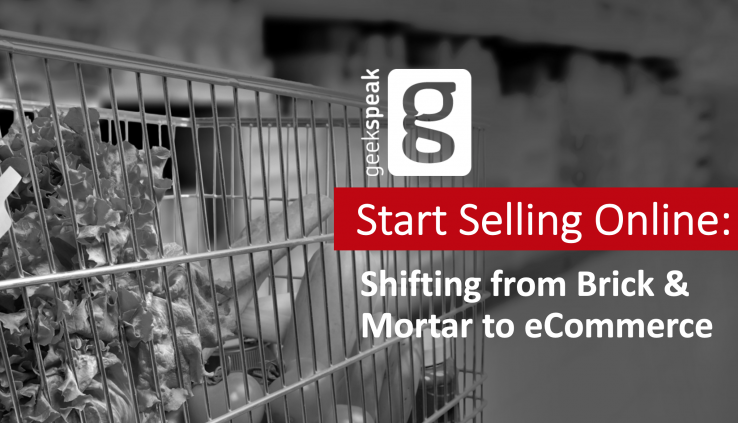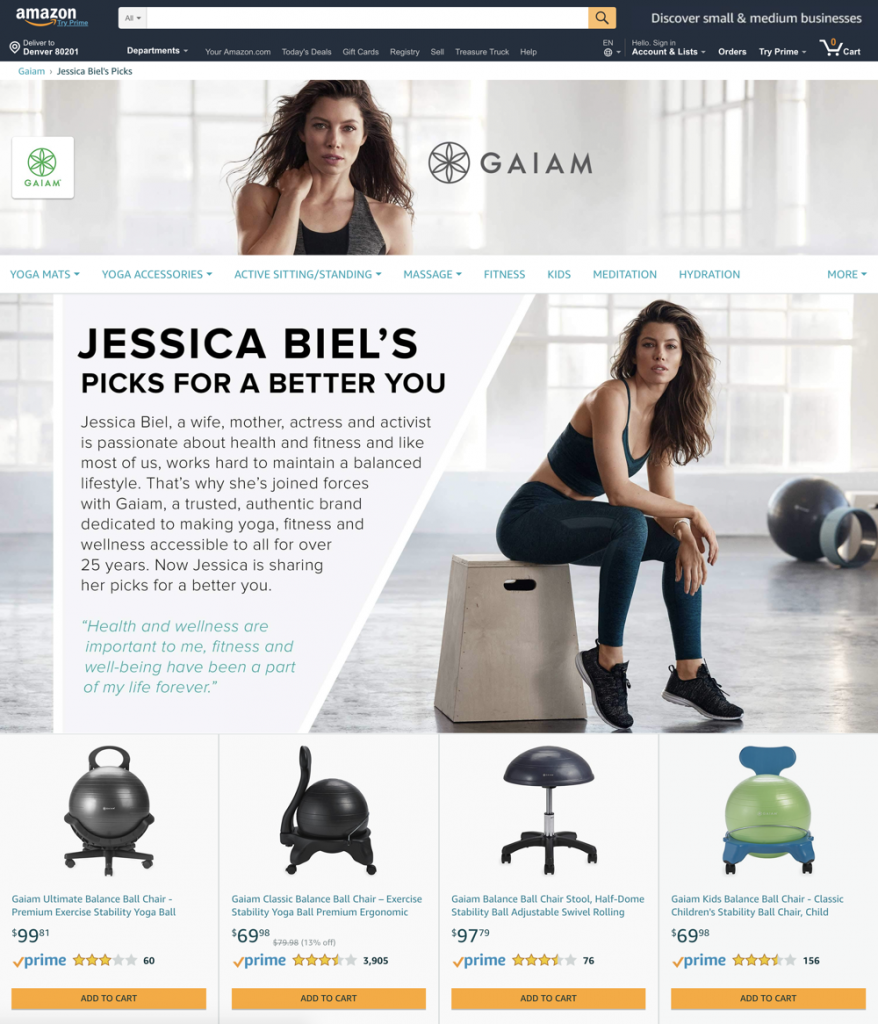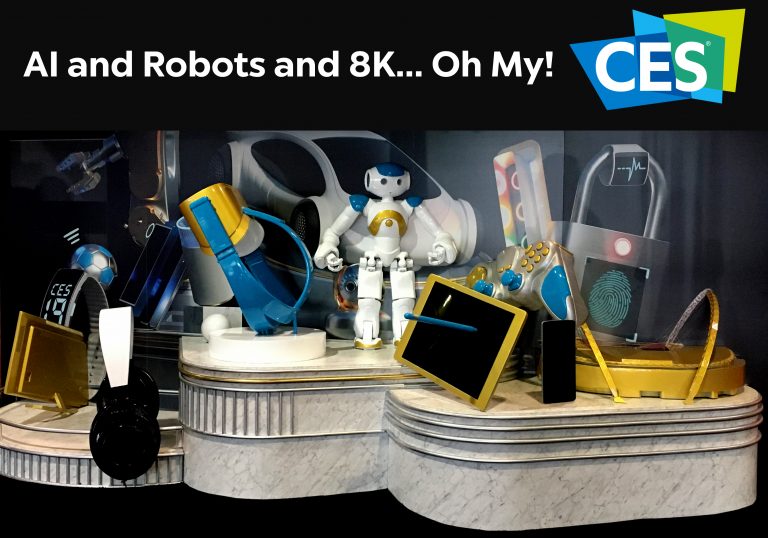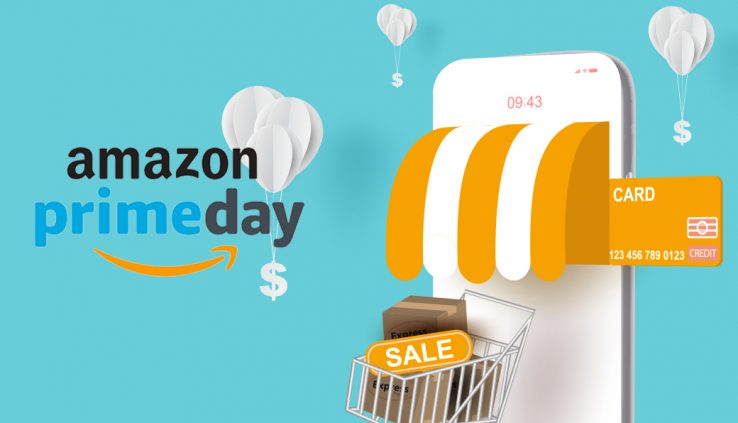

With so many event cancellations happening this year due to COVID-19, shoppers and sellers alike can rejoice in Amazon’s announcement that Prime Day 2020 will happen this fall. The massive online sales event is just around the corner, taking place October 13-14.
What is Amazon Prime Day?
Amazon Prime Day is a much-anticipated annual online event in which Amazon sellers and vendors offer deep discounts and exciting promotions on some of their best products. These discounts are available for Amazon Prime members only, leading many people to sign up for the service prior to the event each year. Launched in 2015, Prime Day usually takes place around the month of July, but due to COVID-19, was pushed out to October.
Why is Prime Day Important for Sellers?
According to Amazon, over 175 million products were sold around the globe during Prime Day 2019. This amounts to an estimated $7.16 billion USD in a 48-hour period. Sellers and vendors who take advantage of the event by delivering not only discounted items, but engaging product content to draw in additional shoppers, have a great chance of boosting their sales over the two-day event.
While Amazon did not release the number of new Prime members who subscribed for the 2019 event, it did report that more people signed up on July 15 (the first day of the sale) than any other previous date. This boost in traffic across the marketplace means the potential for not only higher sales, but more awareness for the brands taking advantage of advertising and optimized product content. Visibility is often a goal of Amazon sellers throughout Prime Day, leading to longer term sales growth overall.
What Can Sellers Do to Prepare for Prime Day?
It is not too late to optimize your Amazon product listings for traffic and sales throughout Prime Day. Here are some of the ways you can do just that:
- Update your product title, feature bullets and description


Take a look at the written content on your Amazon product listing and determine where it could be improved. Are you showcasing all of the most important features and their related benefits within the bullets? Are you building on the product story in the description? Have you woven keywords into the content naturally to improve SEO? These are all critical steps to ensuring your product listing is optimized and engaging for customers.
- Add new and engaging photos to your image gallery


When an Amazon shopper enters a term into the search bar and your product appears among a sea of similar items, does yours stand out? Your hero image is what will determine this. Take a look at your Amazon image gallery to make sure your product photography is professionally shot, eye-catching, and helps tell a shopper everything they need to know through infographics, lifestyle images, video and more.
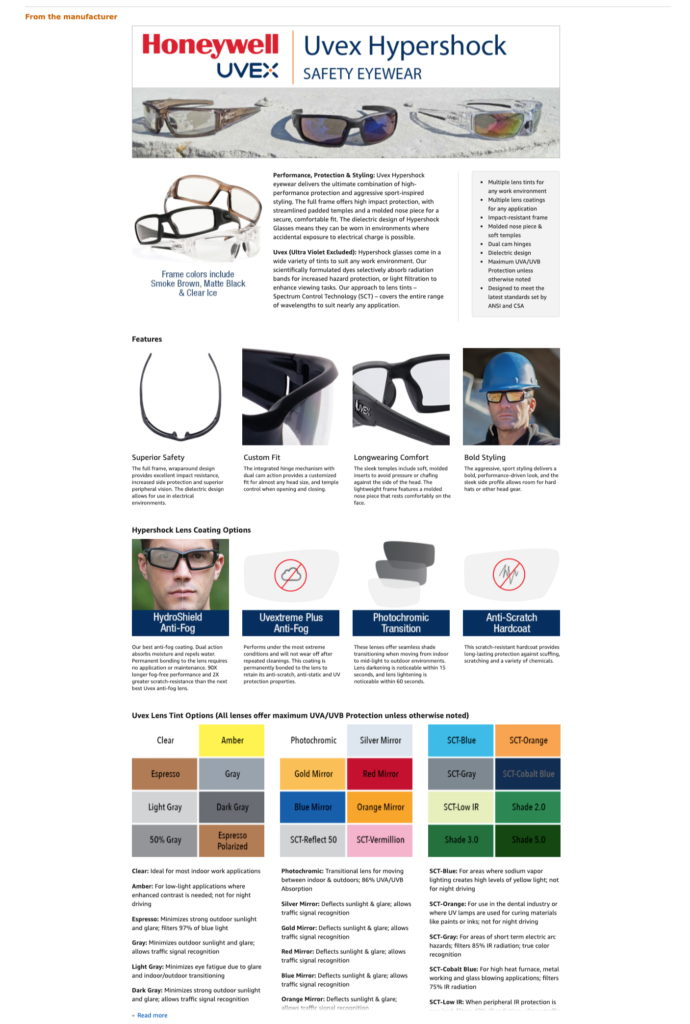

While SEO-driven copy and engaging product photography will help drive shoppers to your listing on Prime Day, anA+ page is what will capture their attention enough to help them make a purchase. Amazon credits A+content with a 3-10% lift in conversion, so it is an element that is not to be ignored. With great A+ content, you can provide supplemental information to a customer in a visually appealing way while simultaneously building your brand story.
- Launch a Storefront
Brand building can also be achieved with the creation of an Amazon Storefront. Similar to an eCommerce website, a Storefront is a dedicated space for all of your products and related content to live on Amazon. It also provides the ability to cross-sell and up-sell, showcasing all of your products to a shopper in one well-designed place.
- Advertise your brand and products with a pay-per-click campaign
Your organic traffic will likely see a boost during Prime Day, but if you really want bring your views and impressions to the next level, an Amazon PPC (pay-per-click) campaign can help with just that. Target popular, relevant search terms to bring traffic to either your Storefront or to specific product listings to make the most out of the mass of Prime Day shoppers.
- Offer coupons, discounts and promotions
Of course, Prime Day wouldn’t be Prime Day without the incredible deals offered by sellers and vendors across the marketplace. If you really want to make a mark with new customers, create promotions they won’t want to miss. Check out our previous Prime Day blog post for everything you need to know.











